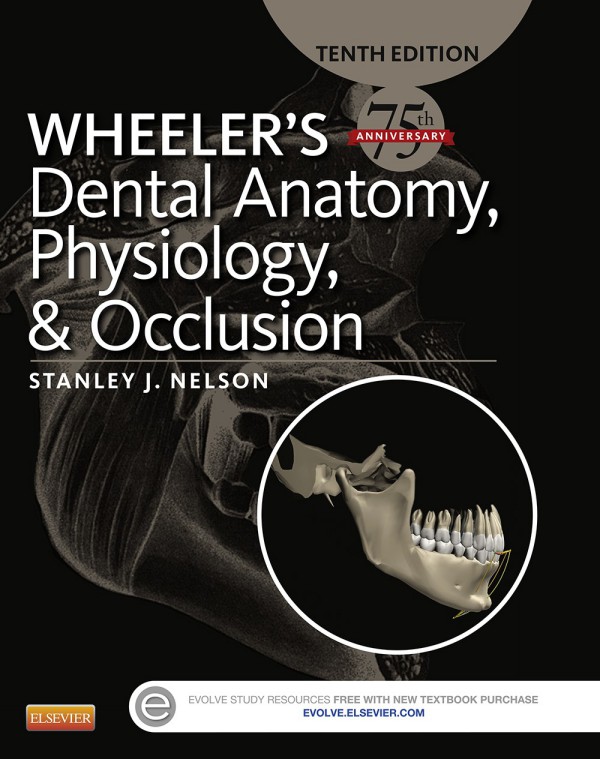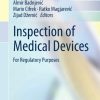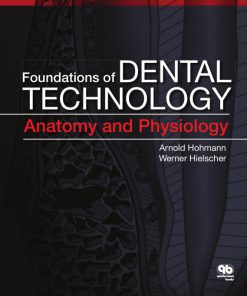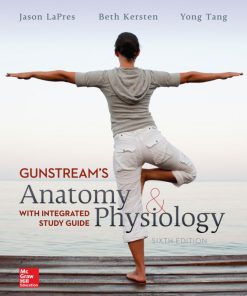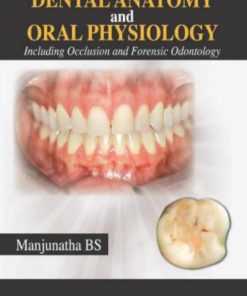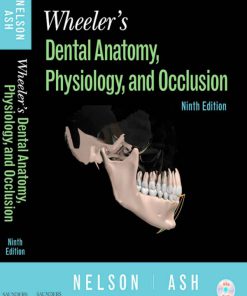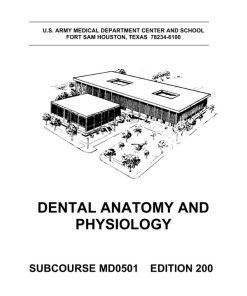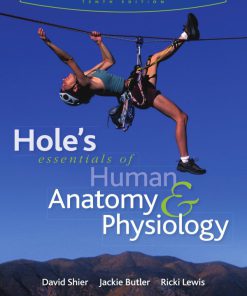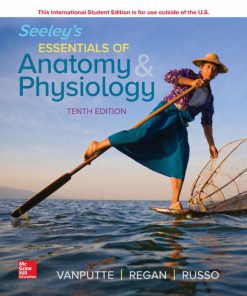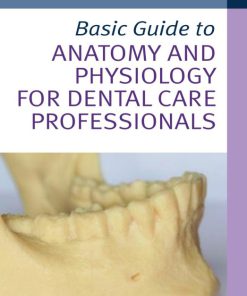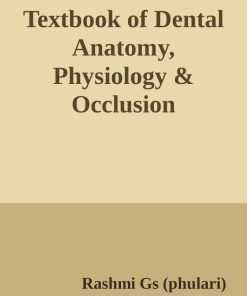Wheeler Dental Anatomy Physiology and Occlusion 10th Edition by Stanley Nelson ISBN 9780323263245 0323263240
Original price was: $50.00.$25.00Current price is: $25.00.
Authors:Stanley J. Nelson , Tags:Medical; Dentistry; General , Author sort:Nelson, Stanley J. , Ids:Google; 9780323263238 , Languages:Languages:eng , Published:Published:Jun 2015 , Publisher:Elsevier, Saunders , Comments:Comments:Applying dental anatomy to the practice of dentistry, Wheeler’s Dental Anatomy, Physiology, and Occlusion, 10th Edition provides illustrated coverage of dentitions, pulp formation, the sequence of eruptions, and clinical considerations. The market leader, this text is used as a reference in creating examination questions for the dental anatomy and occlusion section of the NBDE Part I. This edition expands its focus on clinical applications and includes dozens of online 360-degree and 3-D tooth animations. Written by expert educator and lecturer Dr. Stanley Nelson, Wheeler’s Dental Anatomy provides a solid foundation in this core subject for the practice of dentistry.Over 900 full-color images include detailed, well-labeled anatomical illustrations as well as clinical photographsPractical appendices include Review of Tooth Morphology with a concise review of tooth development from in utero to adolescence to adulthood, andTooth Traits of the Permanent Dentition with tables for each tooth providing detailed information such as tooth notation, dimensions, position of proximal contacts, heights, and curvatures.360-degree virtual reality animations on the Evolve companion website demonstrate 26 tooth views from multiple directions, while27 3-D animations demonstrate dental structure and mandibular movement, helping you refine your skills in tooth identification and examination.64 detachable flash cards show tooth traits and many illustrations from the book, making it easy to prepare for tests as well as for the NBDE and NBDHE.Over 200 multiple-choice review questions and answers let you assess your understanding of the content.32 labeling exercises on Evolve challenge you to identify tooth structures and facial anatomy [?] with drag-and-drop labels.NEW Clinical Applications of Dental Anatomy, Physiology and Occlusion chapter includes practical applications and case studies, including instructions on root planing and scaling, extraction techniques and forces, relationship of fillings to pulp form and enamel form, and occlusal adjustment of premature occlusal contacts and arch form in relationship to bite splint designs, all preparing you for the NBDE’s new focus on clinical applications.NEW photos, illustrations, and research keep you up to date with the latest dental information.Three NEW animations on the Evolve companion website demonstrate occlusal adjustments.

